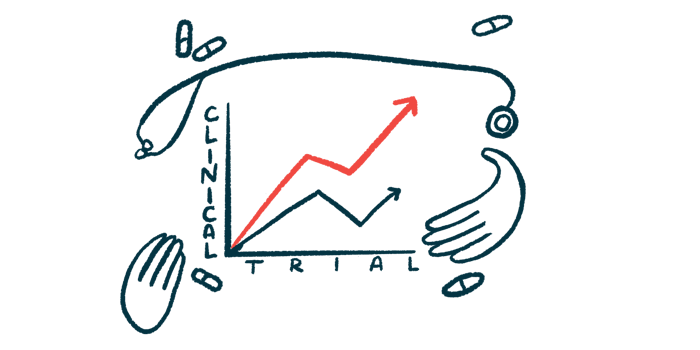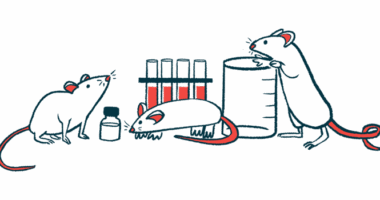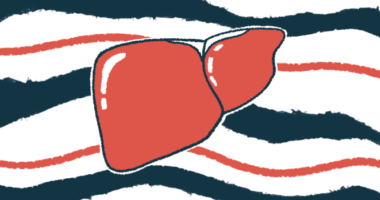Linerixibat reduces itch, improves sleep in PBC Phase 3 trial
GLISTEN study tested therapy against a placebo in 238 adults

Nearly six months of treatment with the experimental oral candidate linerixibat significantly reduced itch and itch-related sleep problems for adults with primary biliary cholangitis (PBC) in a Phase 3 clinical trial.
GlaxoSmithKline (GSK), the therapy’s developer, previously announced that the trial, dubbed GLISTEN (NCT04950127), met its goal of showing linerixibat was superior to a placebo at lowering itch. This month, the company presented the full study findings at the European Association for the Study of the Liver Congress 2025.
“With linerixibat, we are one step closer to addressing the high unmet need of itch and its related sleep interference that are critically important to patients, but historically under-treated,” Kaivan Khavandi, MD, PhD, senior vice president and global head of respiratory and immunology research and development at GSK, said in a company press release.
PBC is an autoimmune disease characterized by inflammation in the bile ducts, known as cholangitis. The bile ducts are a series of tubes that bile, a digestive fluid, flows through to get from the liver, where it’s made, to the intestines. Chronic cholangitis causes bile flow to stall, so it builds up in the liver and leaks into the bloodstream, causing symptoms such as itchy skin, or pruritus.
“Relentless itch is present in the majority of patients with PBC and is a symptom that affects sleep, mental health, and quality of life,” Khavandi said.
How does linerixibat work in PBC?
Linerixibat is designed to suppress the activity of ileal bile acid transporter (IBAT), a protein that normally helps recycle bile by moving it out of the intestines and back to the liver. By blocking IBAT, linerixibat should increase the amount of bile excreted in feces, thereby reducing its buildup in the liver and bloodstream.
The GLISTEN study tested linerixibat (40 mg twice daily) against a placebo in 238 adult PBC patients with moderate to severe pruritus. Its main goal was to assess its impact on patients’ self-reported monthly itch scores after 24 weeks, or nearly six months. The score was rated from 0 to 10 for the worst weekly itch of each month, with higher values reflecting more severe itch.
Key secondary goals included changes in monthly itch score after two weeks, the proportion of patients achieving pre-specified reductions in the monthly itch score after 24 weeks, and changes in the monthly sleep score, also rated from 0 to 10 with higher values reflecting more sleep interference, after 24 weeks.
With linerixibat, we are one step closer to addressing the high unmet need of itch and its related sleep interference that are critically important to patients, but historically under-treated.
After nearly six months, monthly itch scores were significantly lower in the linerixibat group than the placebo group, by a mean of 0.72 points, meeting the study’s main goal. Significant differences between the linerixibat and placebo groups were seen as early as week two, reflecting the therapy’s rapid effects, which were sustained for the whole treatment period.
A significantly greater proportion of linerixibat-treated patients had a reduction in monthly itch scores of at least 3 points, which is considered clinically significant, relative to those on the placebo (56% vs. 43%). Monthly sleep scores were also significantly lower in the linerixibat group, by a mean of 0.53 points, reflecting less itch-related interference.
The safety profile of linerixibat in the GLISTEN study was generally comparable with data from other medicines that target IBAT, according to GSK. The most common side effects were gastrointestinal issues like diarrhea, which led to treatment discontinuation in 4% of patients on linerixibat and less than 1% in the placebo group.
“Currently there are very limited therapies for pruritus in PBC and previous attempts to develop new therapies have been unsuccessful,” said Gideon Hirschfield, PhD, the director of the autoimmune and rare liver disease program at University Health Network in Toronto and a lead researcher of GLISTEN. “As an investigator who also sees many patients with PBC, and who has worked with this molecule from the early phase II studies, the clear improvements in itch and its related sleep interference seen in GLISTEN are meaningful and clinically important.”







